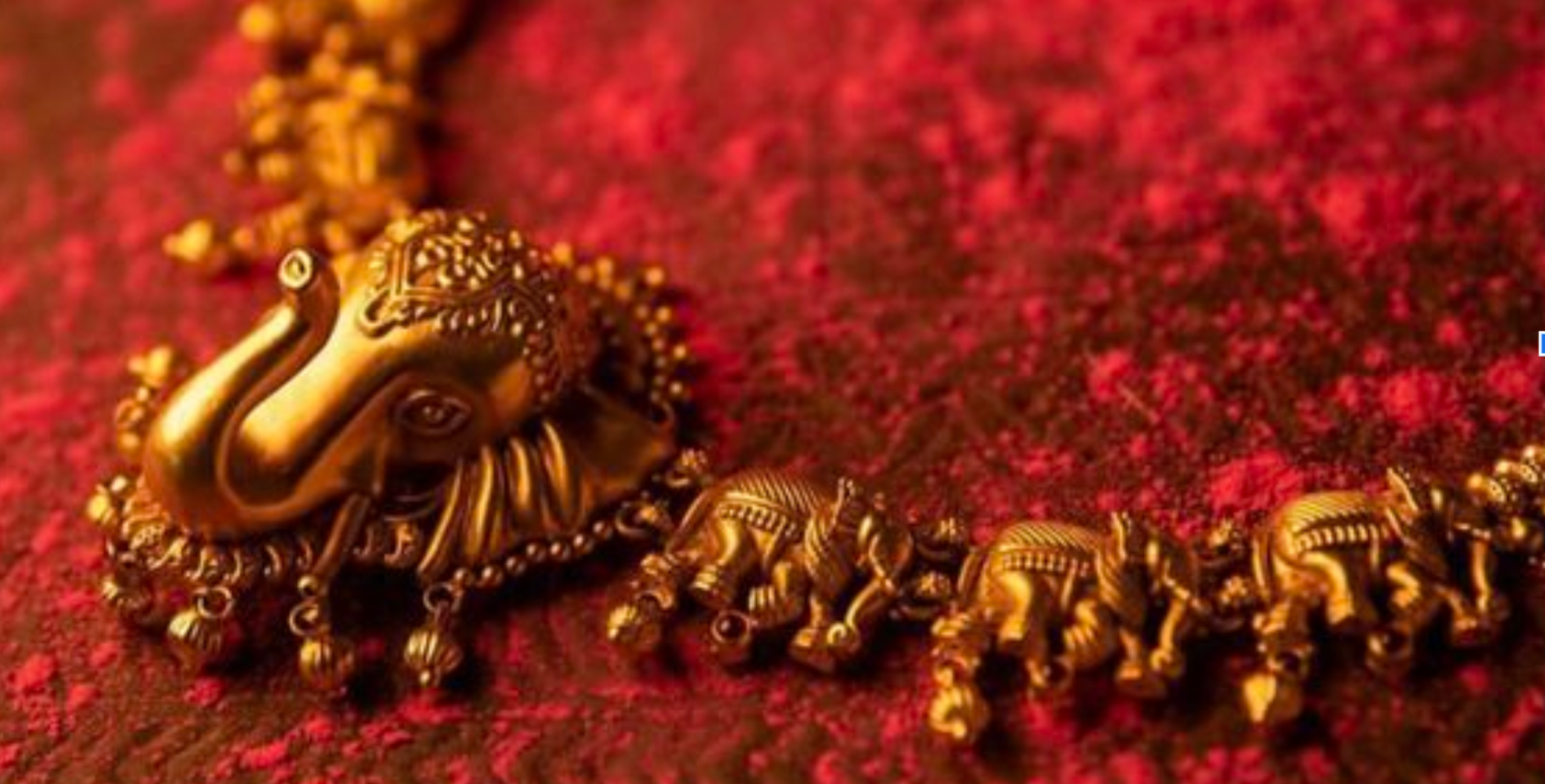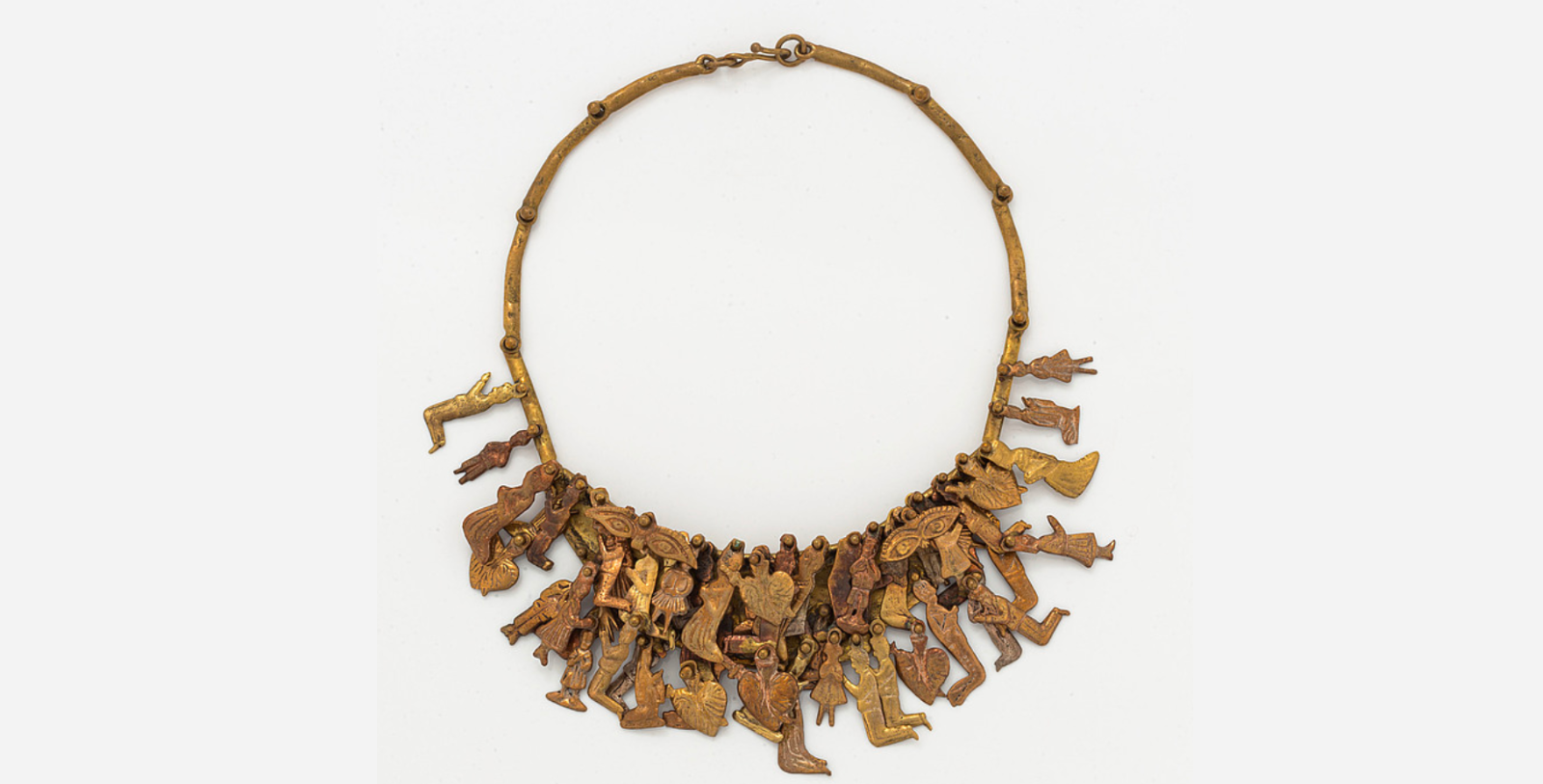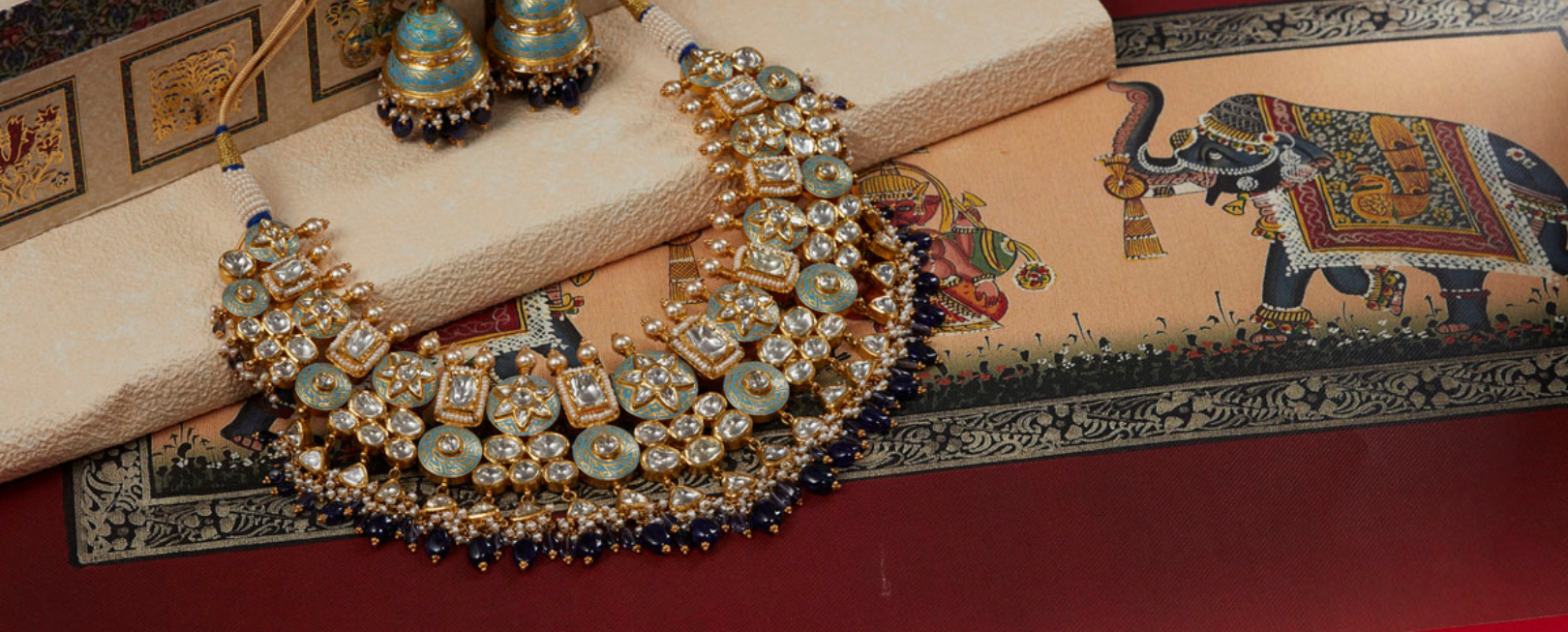Imagine yourself as a radiant Indian bride, smiling as bright as the morning sun, bedecked in magnificent temple jewellery that glitters and gleams with a timeless charm. It’s a sight that’s as captivating as it is traditional, a blend of old-world allure and modern-day magic. But what will make you, as a bride, truly beautiful? Let’s uncover that.
In a land rich with culture and heritage, temple jewellery has woven its own story—one that’s as old as time itself. These intricate, ornate pieces have long held a special place in our culture, as have jewellery boxes.
Temple jewellery isn’t just about gold and gemstones; it’s a piece of history, a work of art, and a symbol of devotion. It’s about craftsmanship that has been honed over centuries and passed down through generations, and now it’s finding a renewed place of pride in the trousseau of modern Indian brides.
So, grab a chai, get cosy, and join us as we convince you how beautiful, as a bride, you will look with temple jewellery surrounding your earring, waist, hands and neck—the timeless, elegant, and often awe-inspiring adornment of the Indian bride.








